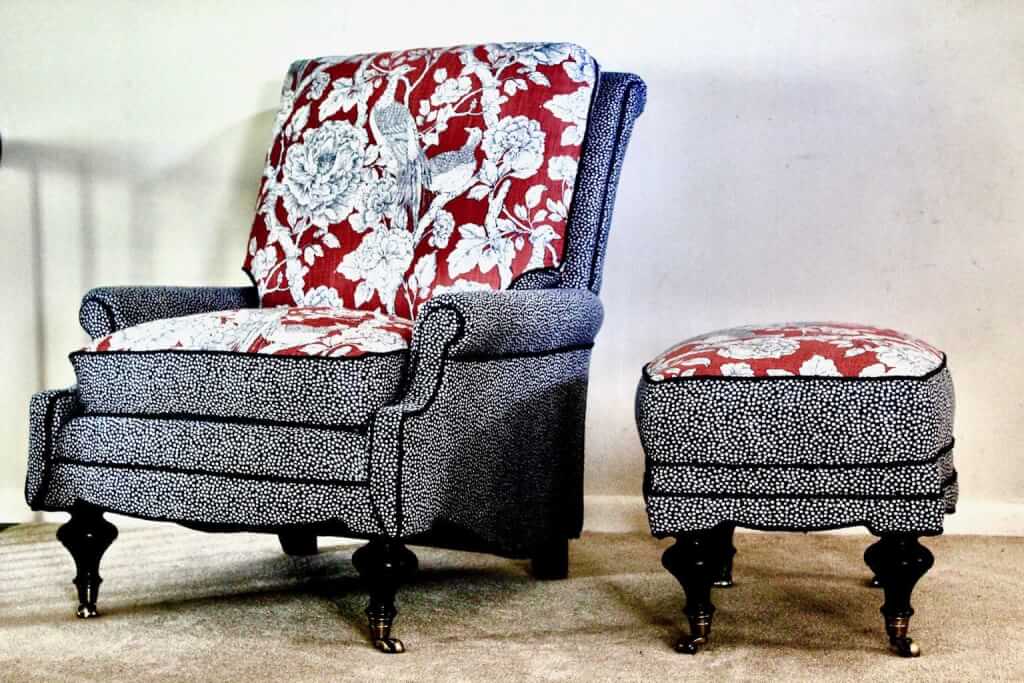Your Journey to a Beautiful Home Starts at Sunshine Drapery
Receive a complimentary professional in-home design consultation today!

Have you found a beautiful, but worn piece of furniture that you are considering reupholstering? Perhaps it’s a chair you found at a second-hand thrift store. Or maybe it’s an antique that was in your grandfather’s attic for the past several decades. Or you may have even found a beautiful settee for a steal at a local garage sale. Regardless of where you found the item, here’s what you need to know before you reupholster any piece of furniture. And before you go on about that, do see page to see some more tips. Remember: Reupholstery is a major undertaking. The specimen will be stripped down to the frame and thencompletely rebuilt. You get what you pay for and it is better to be assured of high-quality work than ruin your furniture find. In the end, you will have a “new” piece to add to your home that can be passed down for generations to come. When determining whether a piece of furniture would make a good specimen to reupholster, you should look beyond the outdated, worn, or ugly fabric. If the base of the item is not sturdy or well-built, it may be a waste of your time and money to attempt to have it reupholstered.
)
Receive a complimentary professional in-home design consultation today!